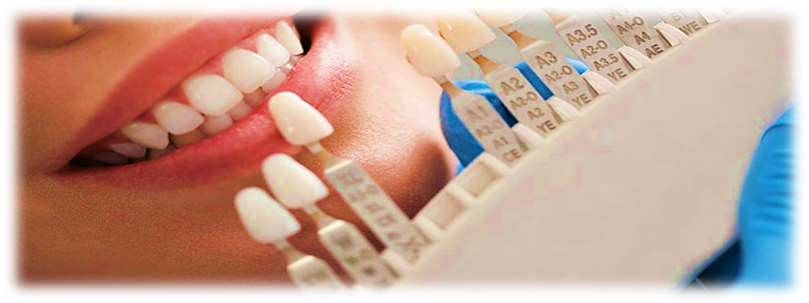 |
What are Dental Prostheses?Dental Prostheses are divided into two as full dentures and partial (partial) dentures. A full (complete) denture is used when all teeth are missing. When there is one or more groups of teeth left in the mouth, partial dentures are used that are supported by these teeth. A beautiful smile must have smooth and good-looking teeth. Therefore, if all teeth are lost for various reasons in advanced ages, a beautiful smile can be obtained by making full dentures. When prosthetic teeth are used, facial muscles regain their old appearance, and noticeable changes occur in speech and smile. What is a Full Dental Prosthesis?Full dental prosthesis or total prosthesis is a type of removable prosthesis used when all teeth in the mouth are lost. Dental prostheses are produced from porcelain or acrylic artificial teeth on an acrylic palate. Partial dentures are made similarly, but full dentures cover all teeth, while partial dentures are placed in place of missing teeth. Full dentures can be used in cases where all teeth have been lost and help the patient smile with confidence while reintegrating their appearance. How are full dentures made?The denture base is manufactured from carefully pigmented acrylic known as polymethyl methacrylate or PMMA, imitating natural gum tissue. PMMA surfaces are highly polished to look as natural as possible and also prevent bacterial growth to keep your dentures clean and fresh. Both upper and lower dentures are placed on the gingival tissue and remain in place by vacuuming. In cases where the palate is melted or insufficient, denture adhesive creams can be used. These creams also prevent food residues from escaping under the prosthesis.
If fixed dentures cannot be applied, but there are still many missing teeth, precision attachment dentures may be the solution. For the application of these prostheses, sockets are made with veneer on the existing teeth and the prostheses are placed in these sockets. For the application of the prosthesis, there must be 5-6 teeth in the jaw. If the tooth to which the prosthesis is attached is pulled later, the prosthesis will also need to be renewed. The precision attachment (snap-on prosthesis) stages are the same as the partial prosthesis stages. Precision-connected prostheses are also prepared in an average of 5 sessions with measurements and various rehearsals. An average of 2 weeks is sufficient for 5 sessions. If a fixed prosthesis cannot be made using existing teeth in case of a large number of missing teeth, either a removable prosthesis (partial prosthesis and precision attachment prosthesis) can be made or a dental implant can be placed in the jawbone for fixed tooth prosthesis. It may be difficult at first to get used to precision attachment dentures, but it can be used very easily as it is used. It is easy to use when inserted and removed carefully. Cleaning the prosthesis is very easy. It can be cleaned like fixed dentures.Since the retaining parts in these prostheses are inside the prosthesis, it is also very good in terms of aesthetics. With good care, the prosthesis can be used for many years.
If there are teeth left in the mouth, these are prostheses that replace the missing teeth. Since it is attached to the tooth in front of the missing area with the help of a prosthesis hook, it is called a hooked dental prosthesis. |









